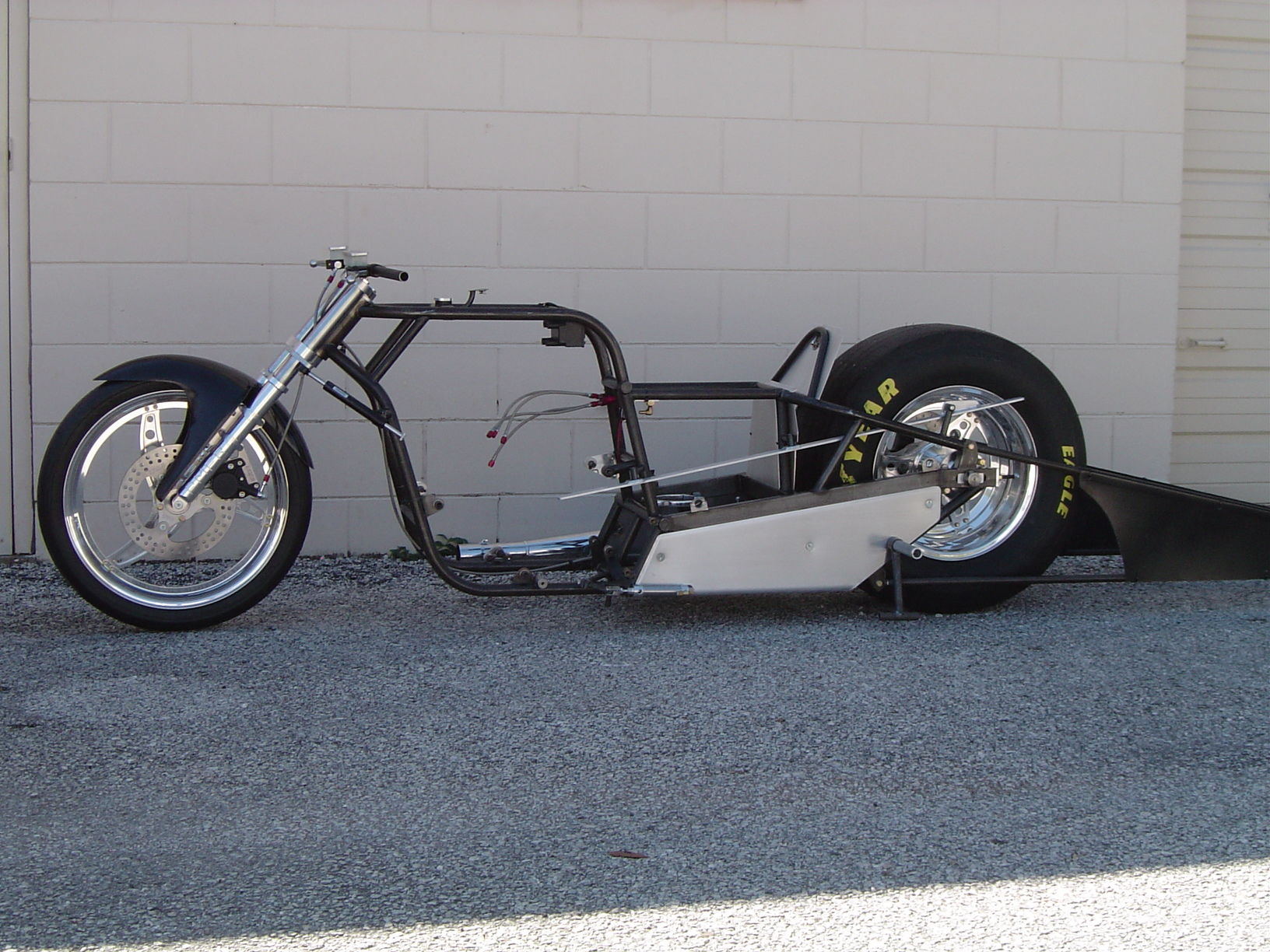

In other words, it came down to how much you were willing to spend, how creative you were, and how fast you wanted to go. Likewise, classes were still a decade away, and the winner was nothing more than who had the fastest bike.įor some, these are remembered as the "good old days" since there were no rules governing modifications or engine sizes, and most participants were amateur racers that built their own bikes. The first was actually an unused runway in Santa Ana, California, where races were initiated by a flagger instead of the "tree" used today.

Unsurprisingly, speed contests became increasingly popular, which led to the idea of drag strips where competitors could push their vehicles (or motorcycles) to the limits in a controlled environment. While many people associate this era with automobiles, the same can be said for motorcycles. To learn more about our custom fairings for drag racing motorcycles, reach out to our team today.As life began to return to normal after WWII, the trend during the 1950s and 60s was for bigger, faster, and more powerful machines. No matter what you race, we’ll have you covered as far as the bodywork is concerned. Learn More About Drag Racing Bodywork from iOneMoto Sometimes you’ll even come across Honda and BMW bikes, but these aren’t as popular at the present time. Most teams and individual racers just want to get on the track, so they go with whatever has a lower upfront cost, then modify from there. There isn’t really one best bike for drag racing, but affordability and availability are both going to play a role when picking one out. No question that the 1000cc ZX10’s can perform at the highest levels. We have seen several generations throughout the years. Kawasaki ZX-10Ī great platform with a significant and loyal following as well. Nobody’s sure if - or when - a third generation might hit the streets, but it might take a while seeing as how they don’t revamp their manufacturing workflows very often. A Second gen came out in 2012, and continues to be made today. Introduced in 2006, the first generation quickly became popular and competition to the famous Hayabusa. Three generations have emerged since that time, which makes it pretty dominant as far as 1300 cc motorcycles go. This might be the most popular among drag racers, due in no small part to the fact that it’s been around since 1999. As it’s come down in price over the course of 4-5 years, you can probably expect to see more of these great platforms making their way to the strip. Of the various years of GSXR1000 bikes, 2017 seems to hold the most records. The engineering teams for both Suzuki and Kawasaki have come up with two competitive platforms each. Though this may not be at all true, it helps to illustrate how close the two really are. There’s this narrative that the manufacturers sort of got together and put limitations on certain engine design features.

While there are true believers attached to both brands, both of them could perform equally as well on the drag strip when tuned properly. At iOneMoto, we tend to see Suzuki and Kawasaki bikes ranked as the two main manufacturers. Though you could theoretically use any tuned stock street bike for drag racing at the most basic levels, there are certainly a few platforms that have become more popular than the rest among those who want to go pro. Instead, there are a few key models and manufactures that are trusted and beloved by drag racers all over the world, so the question becomes which of these are the best drag racing motorcycles for you. However, you might be surprised to learn that there’s no single, absolute best motorcycle for the job.
#Drag racing motorbike series#
This is especially true based on what type of series one is racing. Whether you’re a serious racer or just an armchair dragster, you’ve probably asked yourself whether or not one bike reigns supreme.


 0 kommentar(er)
0 kommentar(er)
